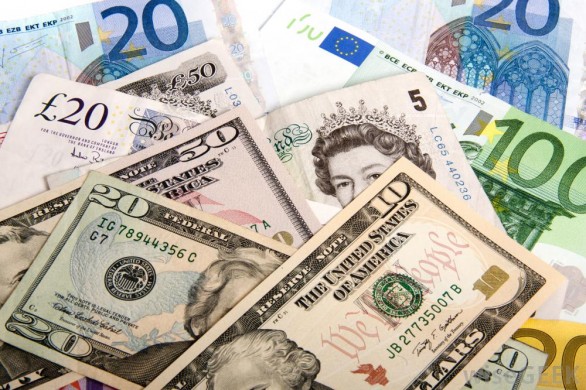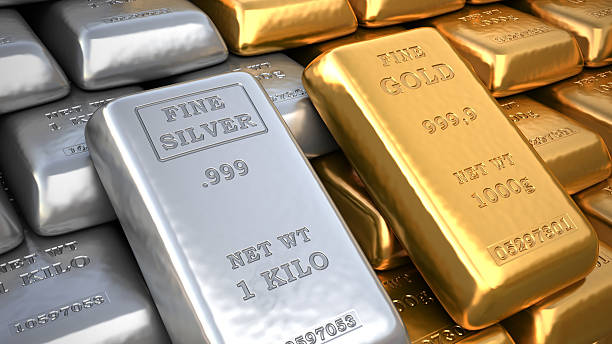This is the title of an academic paper published in 2013 which shows that buying value shares in the US, UK, Europe and Japan between the 1970s and 2011 generally resulted in portfolio out-performance.

It also shows that buying those shares with “high momentum”, i.e. which had risen the most over the prior twelve months, went on to outperform other shares.
The researchers also examined, and generally found, value and momentum effects in other corners of the financial world, from share indices to commodity prices. But my main focus is on individual shares and so I’ll only report those results here. Besides, I have my doubts about the validity of the data choices used to define these other financial assets.
(The paper was written by Clifford S. Asness, Tobias J. Moskowitz and Lesse Heje Pedersen and published in the Journal of Finance)
It is these sorts of papers that have inspired a whole new sector of funds under the label “smart beta”.
Value measurement used
The definition of value, as for many papers, is the ratio of “book equity to market equity”, BE/ME. That is, the extent to which the company’s reported balance sheet net asset value, or book equity figure is greater than its market capitalisation expressed as a ratio.
Thus a ratio of 2 means that the NAV is twice the MCap; while a ratio of 0.5 means that the market is pricing each share at double the NAV per share.
Shares which are very popular because of their perceived excellent future in terms of profit outcomes will have low BE/ME’s because the denominator, ME or MCap, is bid up in the frenzy to buy. These shares are often termed growth or glamour shares.
Value shares are on high BE/ME ratios, the book equity is greater than the MCap, because investors have lowered the share price.
So the question is: do the shares on low BE/ME ratios (glamour) go on to out-perform those on high BE/ME (value)?
(Technical point: In this type of research the book equity amount for each of the companies is not taken at the same point in time as the market price. This is because it takes a while for accountants to draw up the balance sheet. The market will not be able to take changes in the BS into account until after publication therefore the BE measure is lagged six months. Thus, for a company which reports its accounts to end of December we take the market equity value at the beginning of July, and form imaginary portfolios at the beginning of July, allowing time for investors to incorporate the BS information dated 6 months before into the share price.)
For this paper, only the most liquid shares are included for annual portfolio formations (other research shows the value-growth effect is actually most pronounced in smaller, less liquid, shares. Thus this paper errs on the side of conservatism).
The portfolios are held (statistically speaking) for a year and then sold.
In the case of the US markets, 17% of its quoted shares are included from 1972 to 2011. There are 724 for an average year in the annual portfolio formation.
For the UK 13% of shares included from 1972 to 2011. The average number is 147 companies.
For continental Europe 20% were included, 1974 to 2011, with an average of 290.
For Japan 26% were included, 1974 to 2011, with an annual average of 471.
For each year the shares were ranked (put in order) based on the ratio of BE/ME and then split into three equal groups:
• “Low”: the one-third of companies with the lowest BE/ME ratios – glamour shares
• “Middle” middling one-third of BE/ME
• “High”: the one-third of companies with the highest BE/ME ratios – value shares
Results
The United States of America

In America we see that value out-performed growth, giving an average annual return above the Treasury bill rate of 13.6% compared with 9.5%.
United Kingdom………….
………………To read the rest of this article, and more like it, subscribe to my premium newsletter Deep Value Shares – click here http://newsletters.advfn.com/deepvalueshares/subscribe-1

 Hot Features
Hot Features













